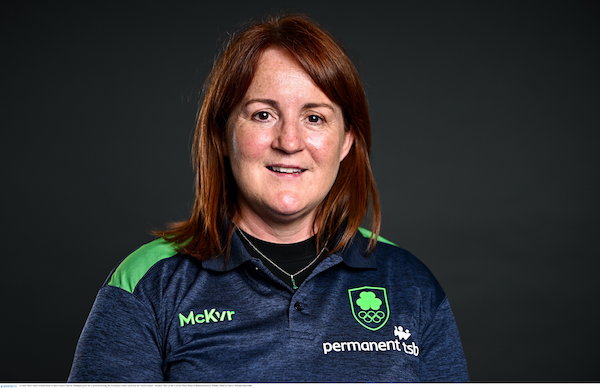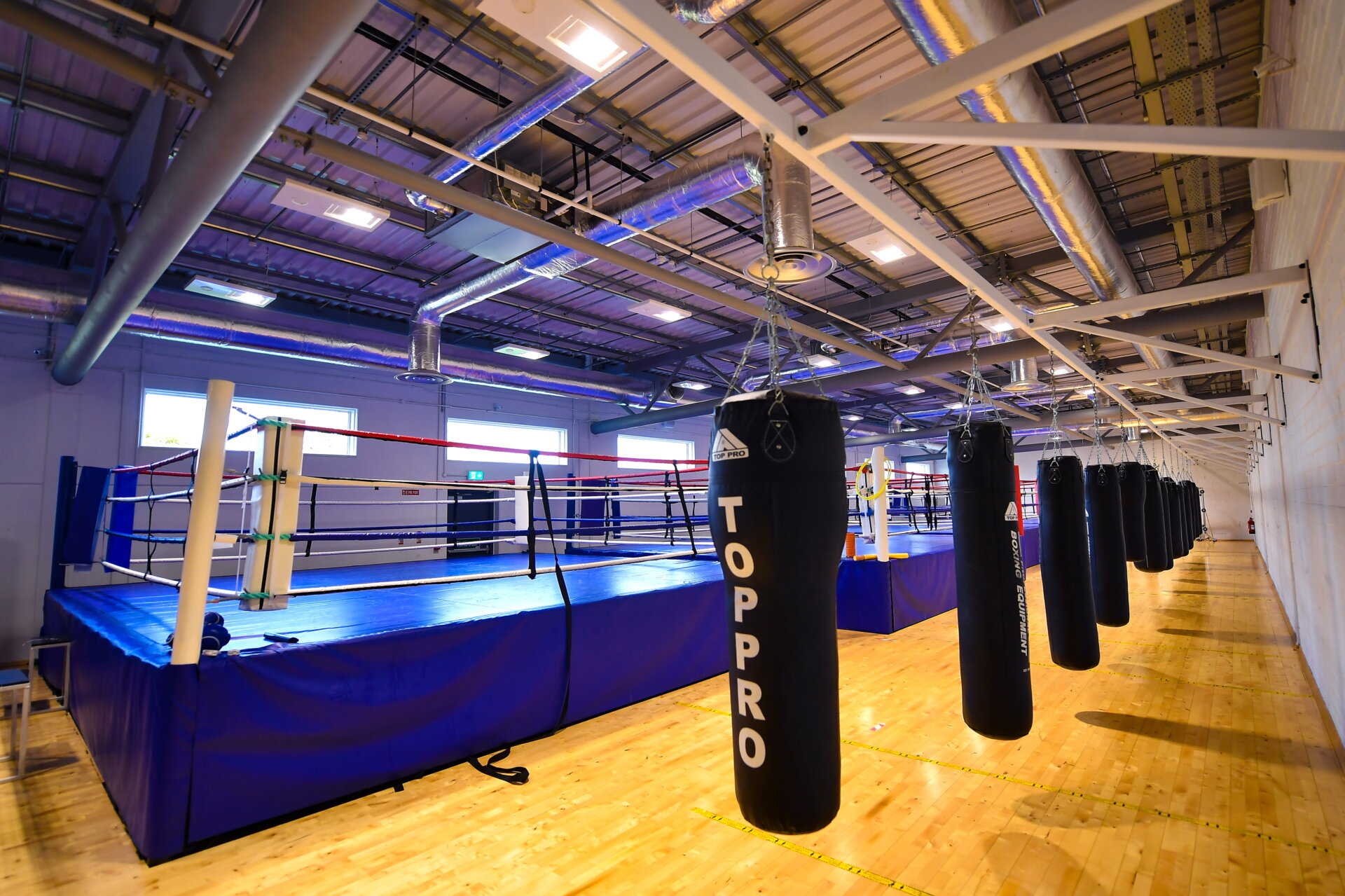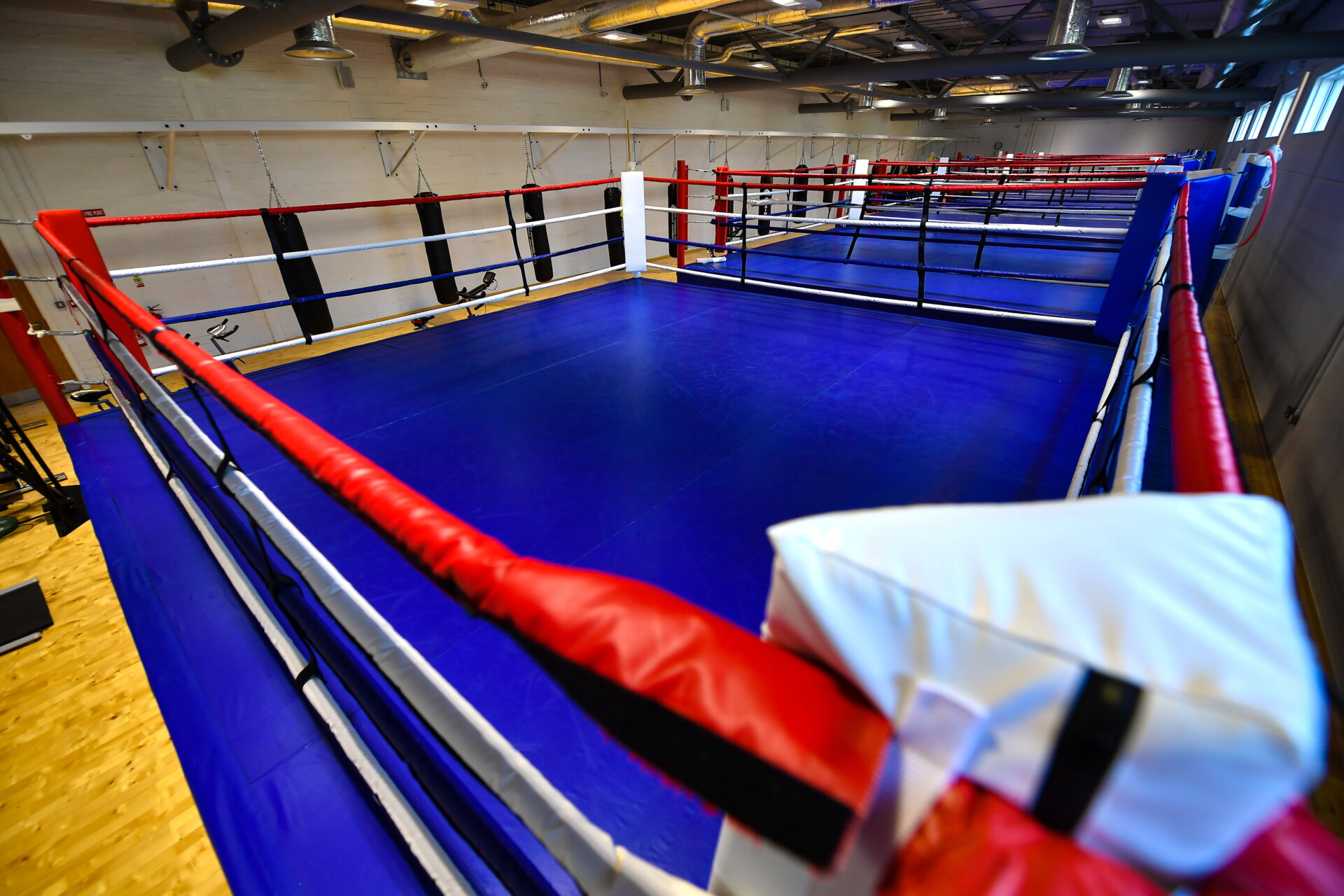
For far too long the menstrual cycle was regarded as a monthly burden to be suffered in silence by female athletes and far too taboo to be discussed with their coaches and support systems.
But, if monitored properly, it can not only guide women’s training but be the best early warning signal of under-fuelling and injury that any female athlete could possibly have.
Multiple apps and trackers have emerged in the past five years but Sharon Madigan, Head of Performance Nutrition at Sport Ireland Institute, believes even elite athletes still need extensive education about the effects of their periods on their physiology and training schedules.
Ireland’s elite boxers are currently using funding from the OFI’s discretionary fund for a menstrual monitoring programme which she believes will also benefit many other Irish Olympians in future.
“Fifty per cent or more of our team in Paris 2024 will be female. We know for a fact that changes in menstrual cycle and drops in female sex hormones have been linked significantly to increased risk of injury so everything must be tailored individually for women,” she stresses.
Research is now emerging about the effects of different phases of menstruation on women’s muscles, tendons and cell structures but Madigan says there is still huge ignorance on a much broader level.
As a sports nutritionist she regularly encounters athletes with very irregular periods or, worse, none at all, who don’t realise how physically detrimental that is. “If someone hasn’t had a period for 163 days we don’t need to worry too much about details like the elasticity of their tendons, we have a much bigger problem,” Madigan notes.
“That says there is something seriously wrong, whether that is medical, gynaecological, nutritional or a combination of some or all of those.”

Ireland’s top female boxers have been closely tracking their periods, symptoms and energy levels for the past six months.
They use ovulation kits (pee sticks) and blood tests for the most accurate feedback because, while you may lose your period you can still ovulate and vice versa, which is not commonly realised.
“Ovulation gives us a sense that the hormones that should be in the right place are in the right place, even if there is no period,” Madigan explains.
“We take bloods for four to seven days afterwards to confirm that ovulation has taken place because that is the Progesterone phase of a woman’s cycle.
“Your Oestrogen rises up to day 14 and then as it drops down you get a rise in Progesterone. For some individuals that dip is when we start to see the bigger symptoms around PMS. Different parts of the cycle cause some athletes more problems,” Madigan observes.
“If I have an athlete telling me that on Day 20, every single month, they’ve got cramps, nausea, heavy bleeding etc then we have to be able to make sure that that that doesn’t happen on a day they’re competing or, if it does, that we have done something in the preceding six months to offer them solutions.”
Eating more Omega-3 fatty acids has already helped some boxers with PMS symptoms and they are trialling other healthy solutions.
Female athletes, historically, have used the contraceptive pill to interrupt their cycle and avoid getting their period during major competitions but Madigan cautions against this.
“Athletes can bleed on the Pill but there’s a serious lack of understanding, even among GPs, that this actually is not a real period, it’s a withdrawal bleed. “Putting athletes on the Pill is a disaster because it potentially masks ongoing problems and definitely hides under-fuelling,” she warns.

Improved nutrition helps to regularise cycles and the project is primarily about injury avoidance.
“Female athletes who have menstrual irregularities have a higher risk of injury and sickness,” Madigan says.
“If we can identify that a woman isn’t having a period or is very irregular we need to investigate that before she has an ACL injury or a fracture or some soft tissue injury because that is how that usually ends.”
Giving female athletes a long-term, accurate overview of their menstrual cycle empowers them to manage symptoms, avoid injury and plan for major competitions but it will also, vitally, help them get the best out of their training.
Oestrogen, physiologically, is regarded as a female ‘super-power’ so understanding when you can best harness it to build lean mass is key for athletes.
“There are Oestrogen receptors on every single cell of your body so if Oestrogen is low you are not going to be able to get the returns from your training that you would do with a healthy hormone profile,” Madigan explains.
“This project is designed to help women avoid injury but also to train better. We’re still only five months in but the database that’s already been created is mind-blowing.
“To be able to take all this information and distil it into one page of tailored individual feedback for a female athlete and decide how can we use that information to project forward for other female athletes facing competitions like the European Games or their Olympic Qualifiers, that’s what it’s all about.”
